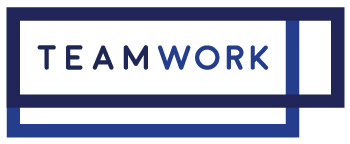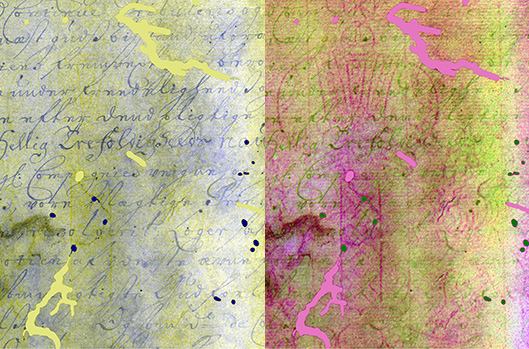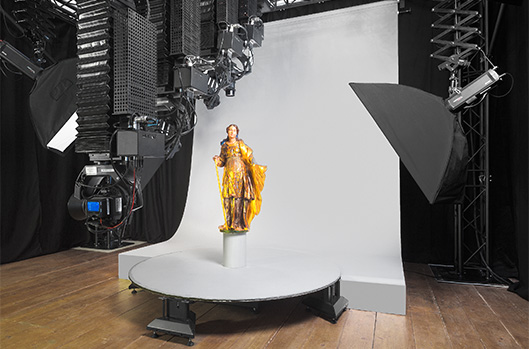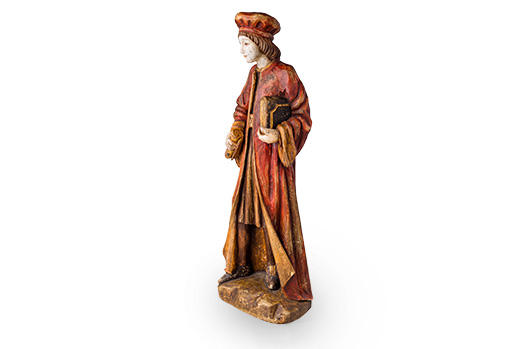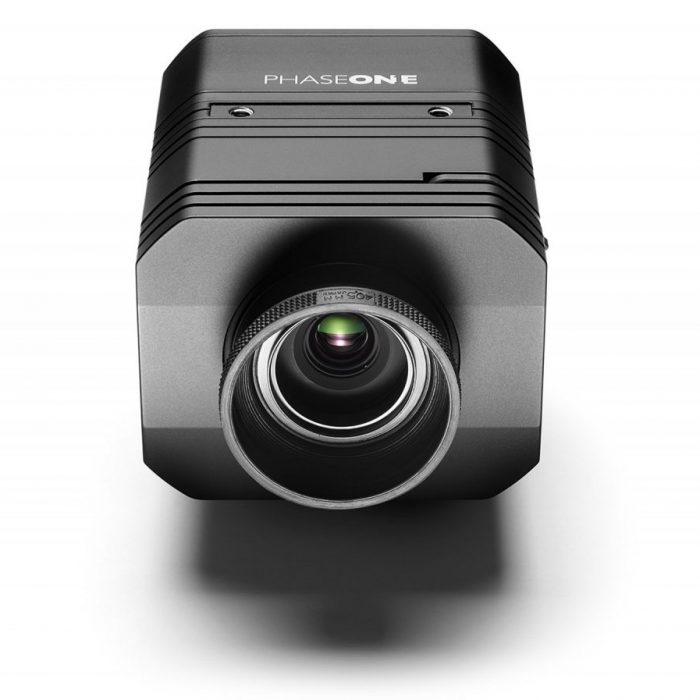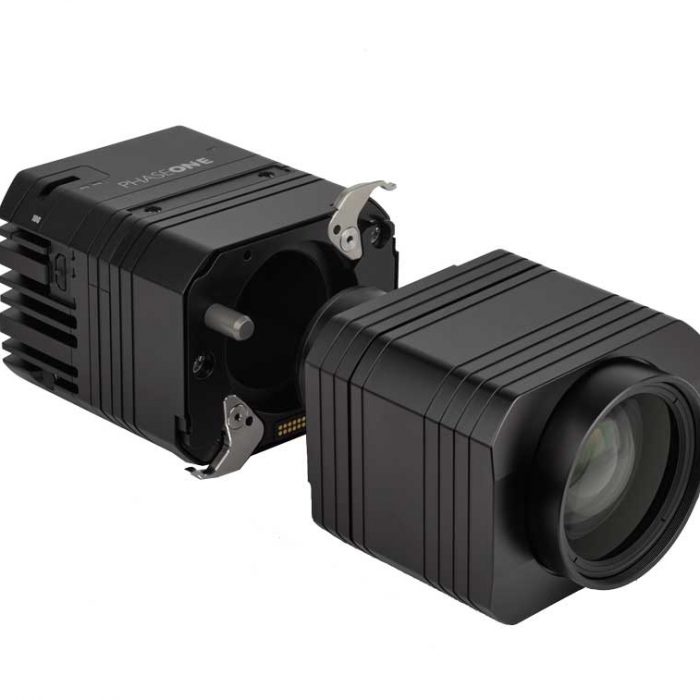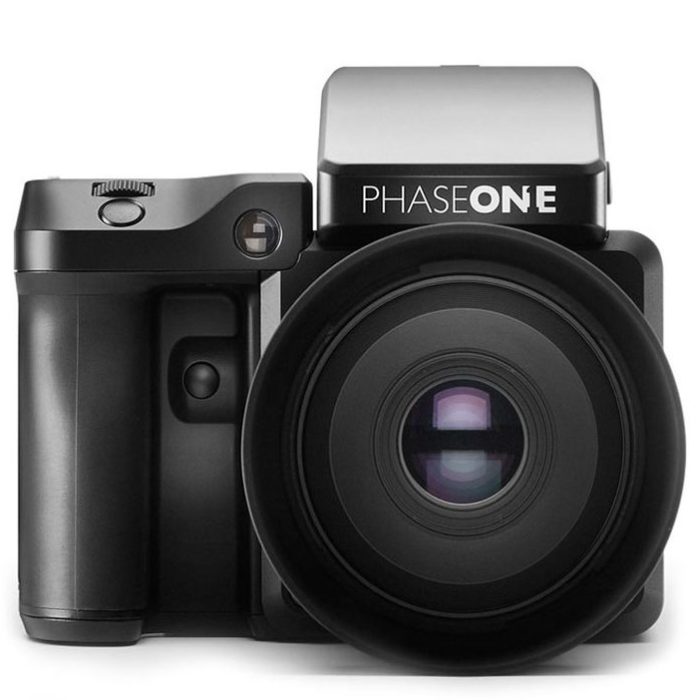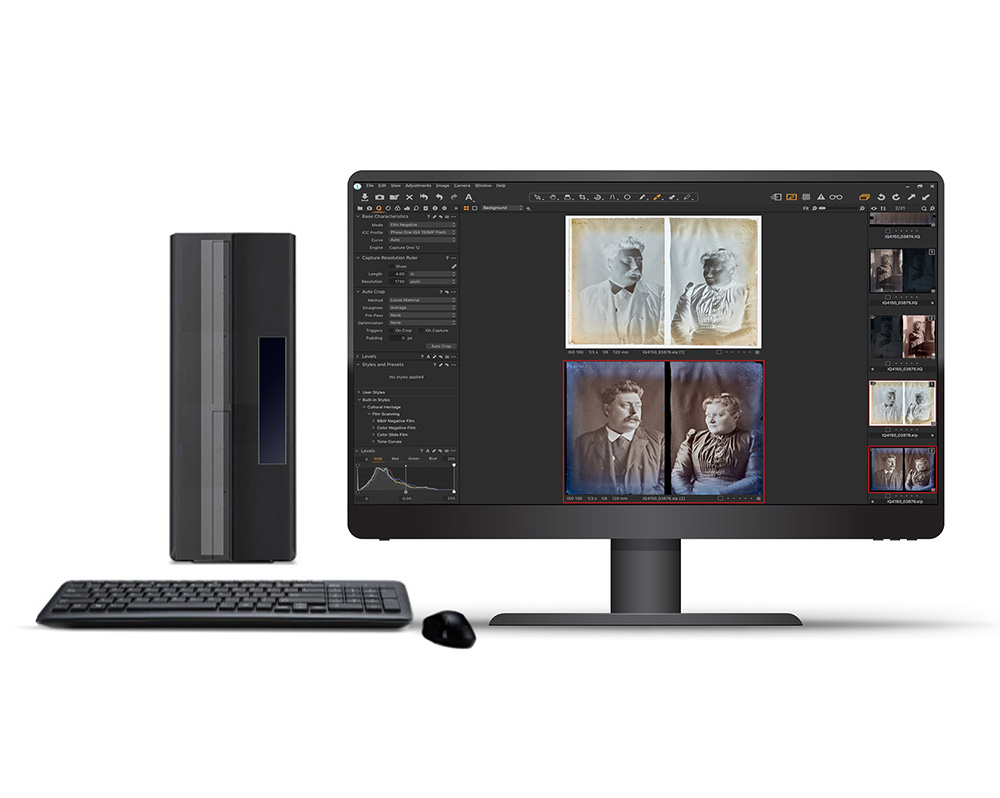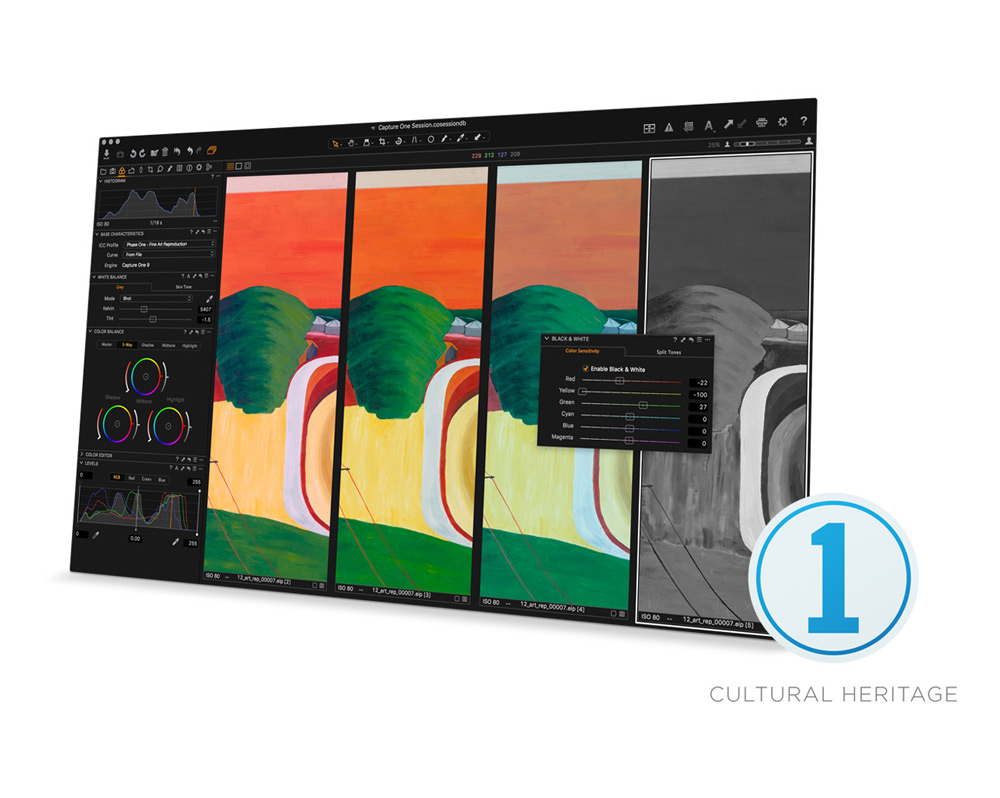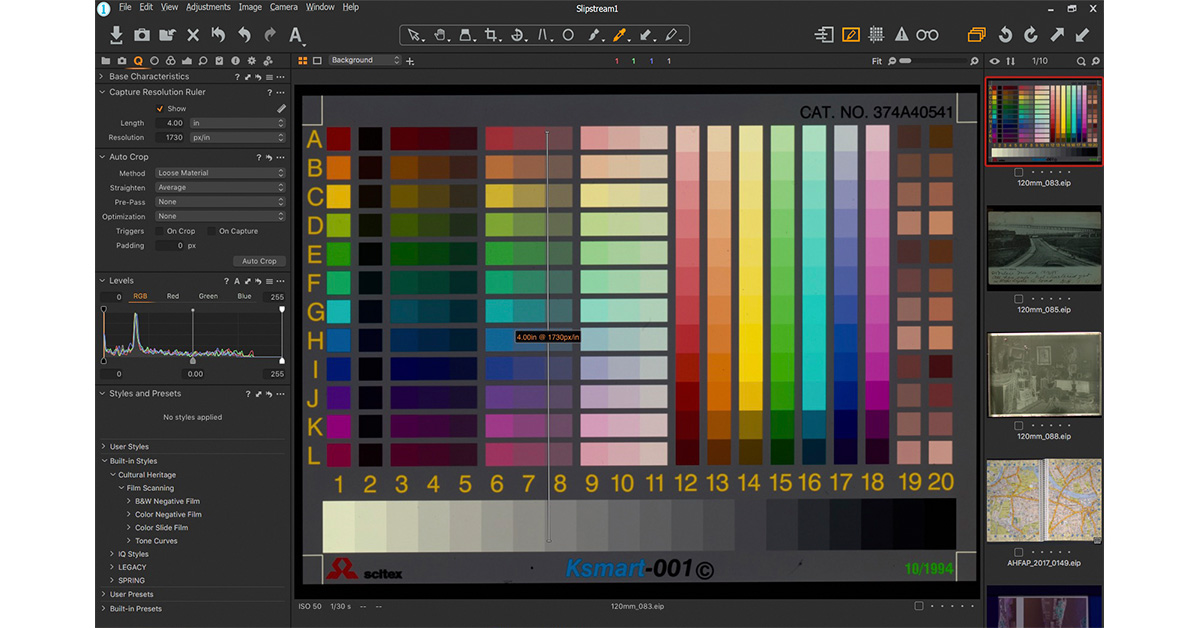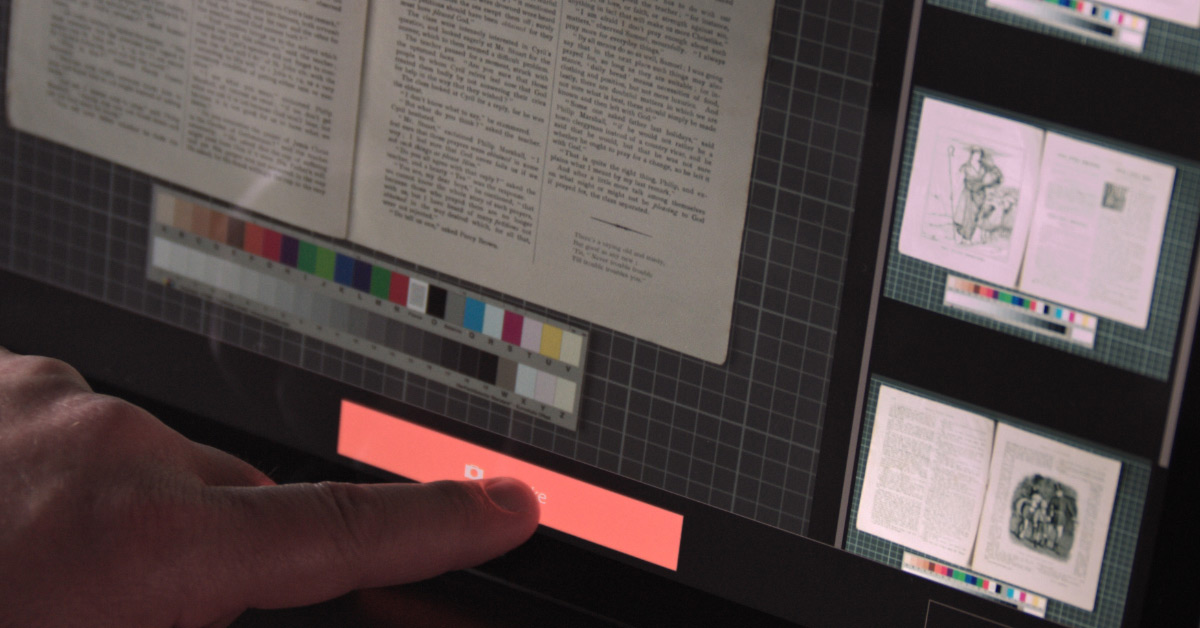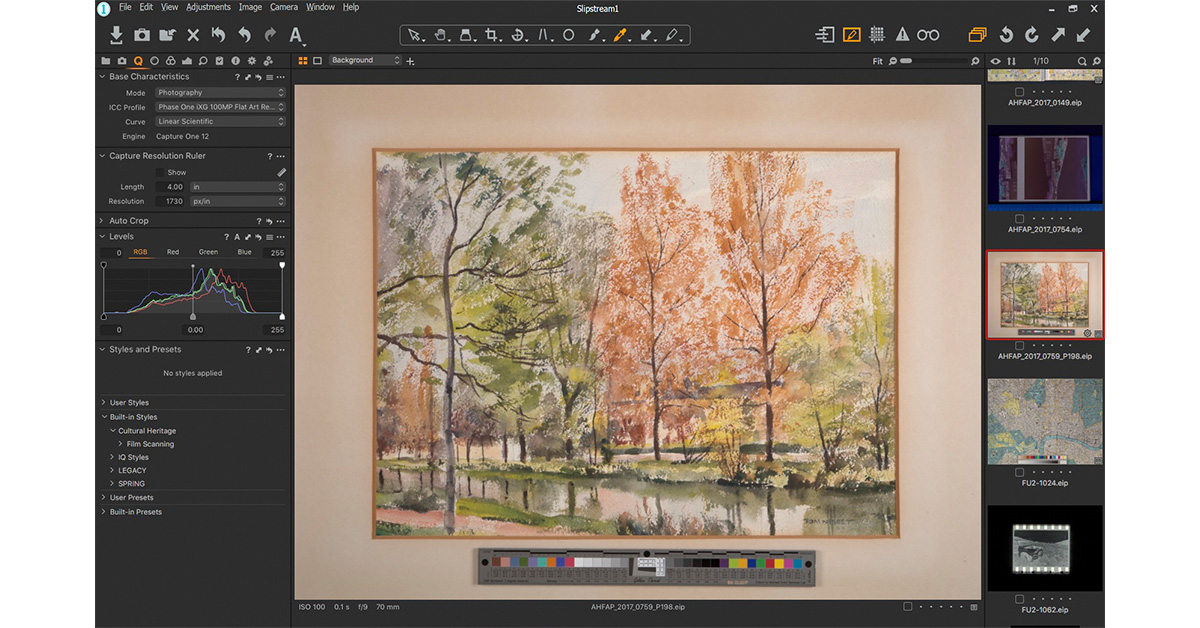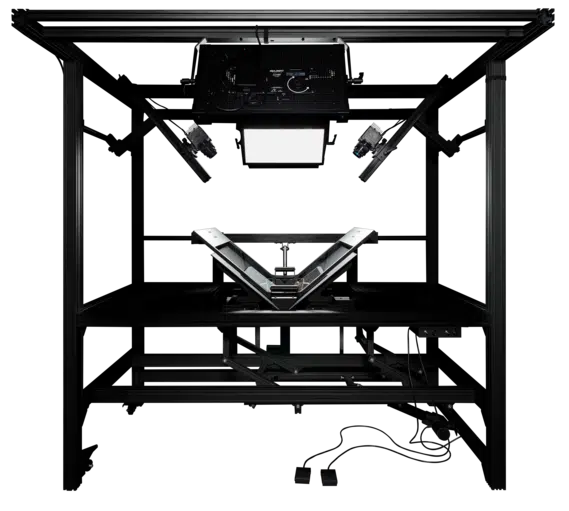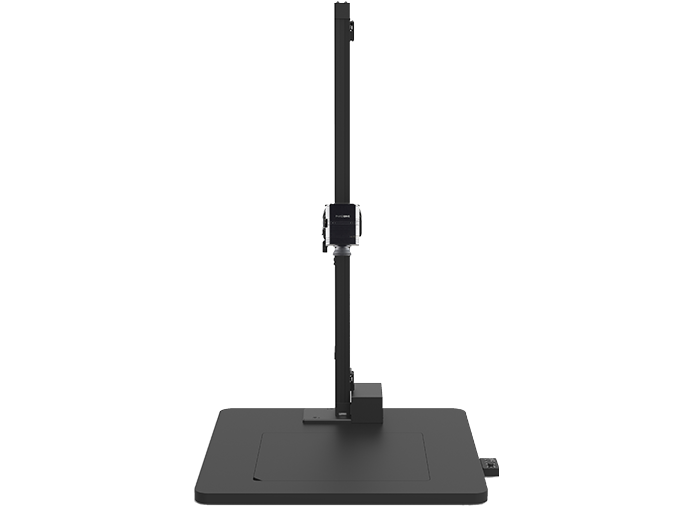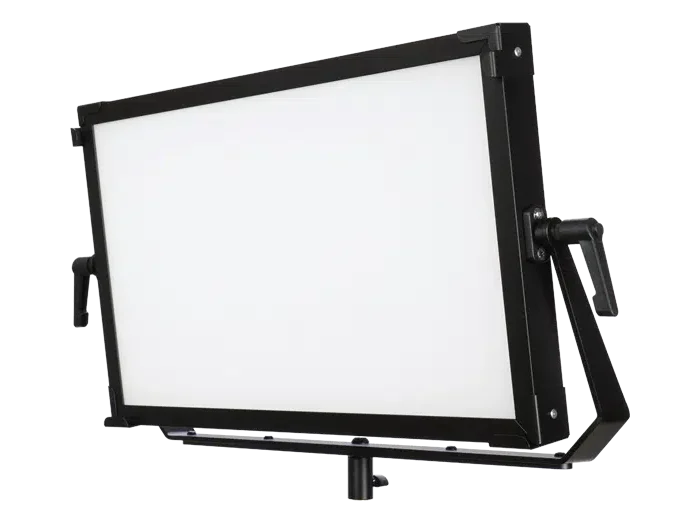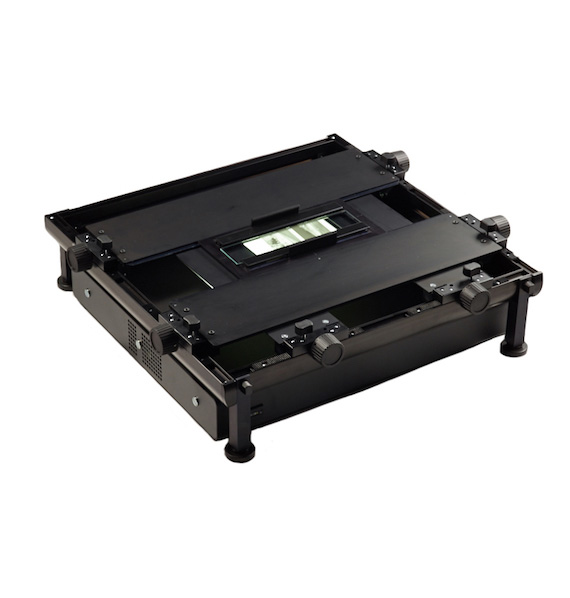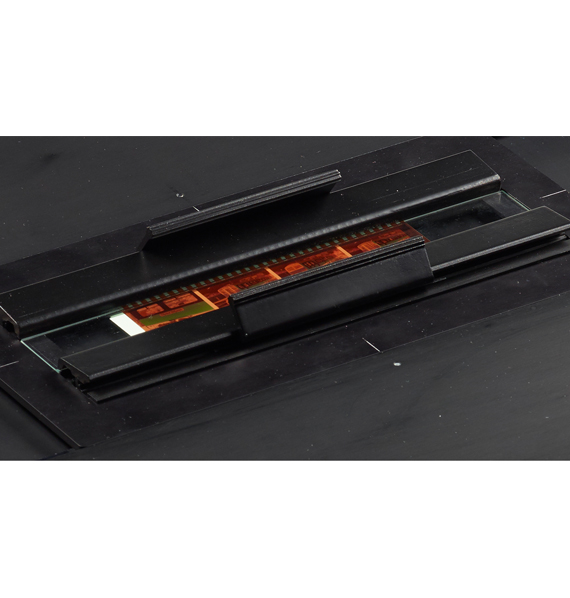Cultural Heritage imaging is rooted in the idea of preserving the past for the future. The need for digitization of historic collections in museums and libraries is rapidly growing, with increasing focus on public access, research and preservation of information for the future. Institutions with valuable collections often have a dedicated photographic studio for creating photographs of sensitive material, or for producing paper copies for researchers and scholars, protecting the original objects from wear and damage. Preserving the past for the future is often a race against time, as much of the material has a limited lifespan before it is gone forever, thus solutions that enable rapid capture are not only necessary, but often crucial. All Cultural Heritage collections are unique and diverse. In order to address this diverse nature, Phase One invests in developing, implementing and delivering specialized and tailored solutions, designed to produce the best output quality, while ensuring material safety and efficient workflow. Explore the different types of collections that Phase One Cultural Heritage solutions address below. An archive and manuscript collection includes documents, drawings, maps, manuscripts, photos, newspapers, musical scores, letters, post cards, and other flat objects in all sizes and shapes. This type of work often requires a “set and forget” workflow where the camera and software are set up so that large numbers of flat objects can be recorded quickly while maintaining high resolution and accurate, consistent color and luminosity. The high resolution of the Phase One Digital Backs allows capturing several smaller objects at the same time, thus increasing speed and efficiency. A large part of the Cultural Heritage community works on digitization of rare and delicate bound materials, such as books. Digitization of books often requires special attention to the binding, that can be fragile, and will determine how the material can be treated in the process. This fact can sometimes be the limiting factor when looking for fast capture turnaround. Using a leveled glass plate with the camera set for fixed focus on a copy stand will accelerate the capture process, and photographing both pages at the same time with one or two cameras will also increase productivity. This type of collection includes vintage glass plate negatives, medium and large format negatives, transparencies, including 35mm mounted slides, microfilm and all other transparent material. Uniform illumination of the materials with good color reproduction is mandatory so that all color information may be retrieved during processing, sometimes involving inverting the image from negative to positive. There is a tremendous speed advantage in the instant medium format capture over scanning, which can speed up the process by a factor of 300 or more.Cultural Heritage Imaging
Applications
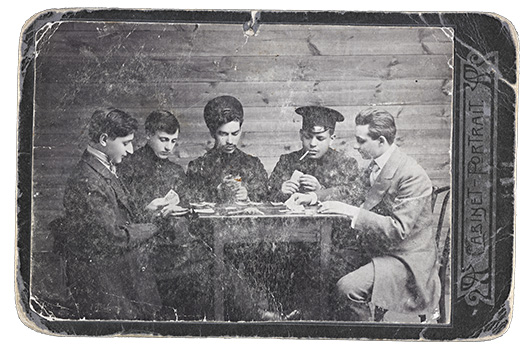
Archives and Manuscripts
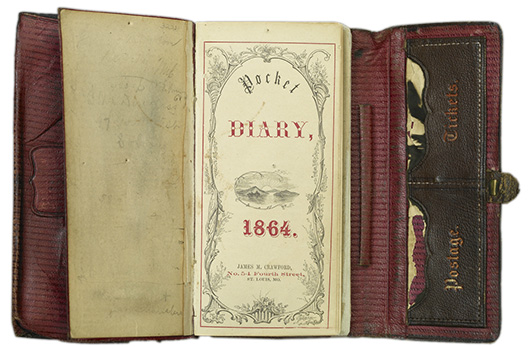
Rare Books
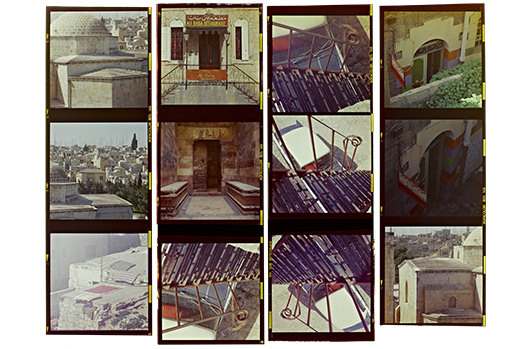
Transparent Film and Glass Plate Negatives
Camera Systems
Phase One Cultural Heritage instant capture solutions for both flexible and high volume productions are well-suited for a broad range of Cultural Heritage applications. Learn about the XF and iXG Camera Systems below.
Capture One for Cultural Heritage
Capture One Cultural Heritage software is a professional rapid capture solution dedicated to the Cultural Heritage community. Built on the renowned Capture One software, the Cultural Heritage edition offers a highly specialized feature set that delivers a significantly faster reprographic workflow during both capture and post-production.
